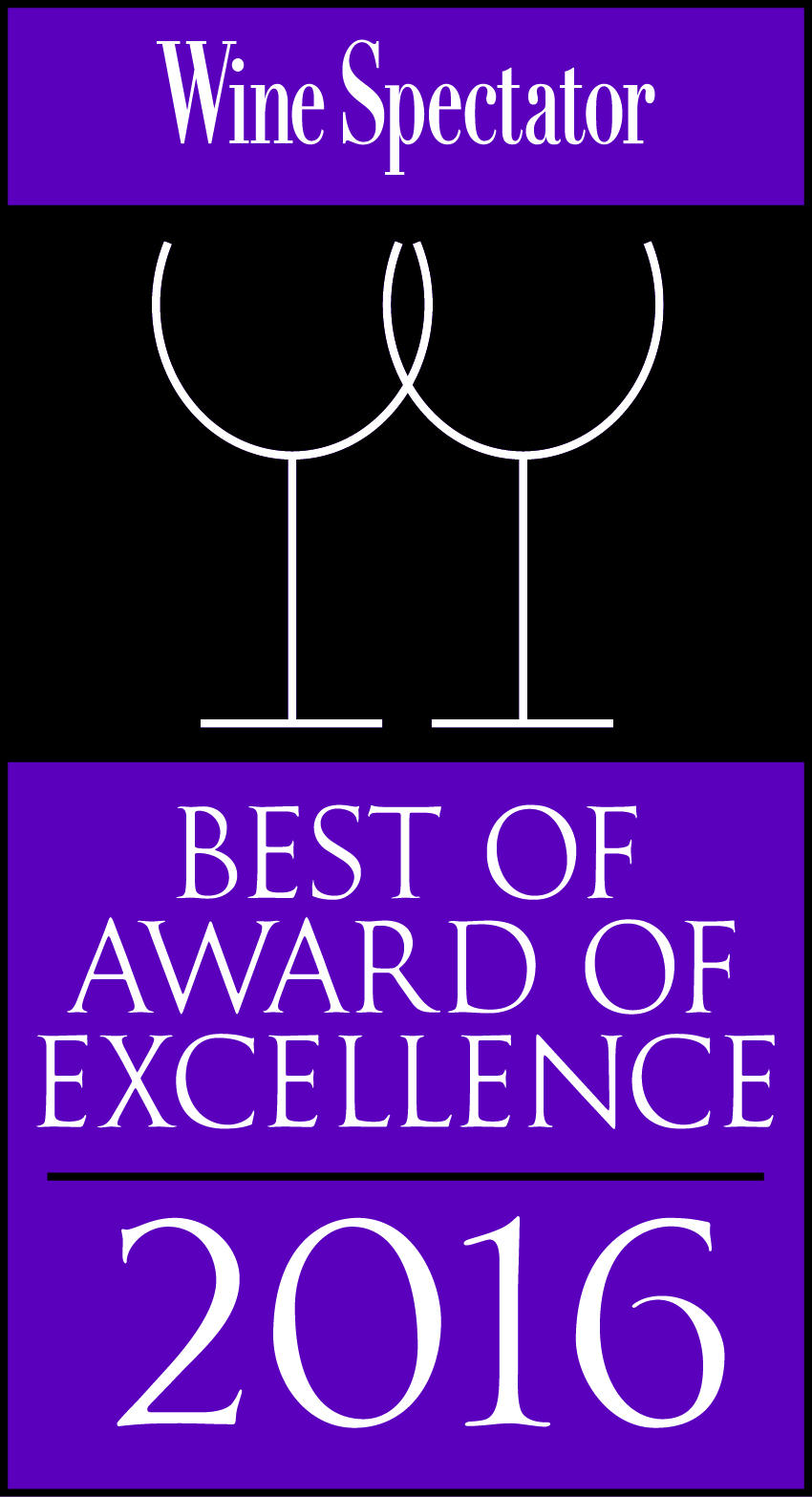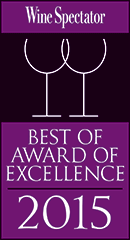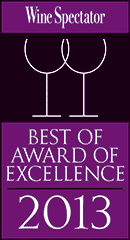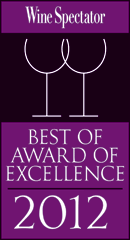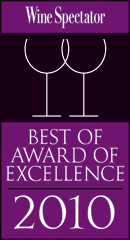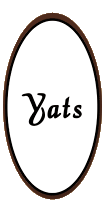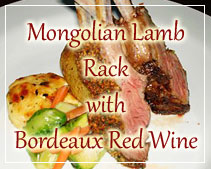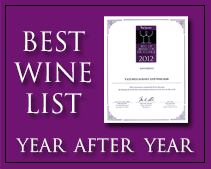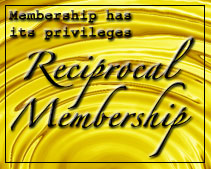About wines Savennières from Anjou and Saumur wine producing regions in Loire Valley of France
December 21, 2010
About Wines from Loire Valley of France
Best wine supplier in Philippines discusses wine related topics
Anjou and Saumur Part 2
Think Anjou and it is only natural to think of the moelleux Coteaux du Layon first and foremost. As I alluded in part one, however, there is a new kid on the block. And his name is Savennières.
Savennières
Savennières isn’t really a new appellation of course; indeed, having been first delimited in 1952, it is no less fresh-faced than the Coteaux du Layon (1950), Bonnezeaux (1951) or the Quarts de Chaume (a tardy 1954). And as at the time the prevailing style of Savennières was demi-sec, you would be justified in questioning why this little enclave of vines, the only Anjou appellation of note that lies north of the Loire, deserves such specific treatment. The answer comes in the tasting of modern Savennières, as today the appellation permits dry as well as sweeter styles; demi-sec may have ruled in the 1950s, but today fashion has motivated many producers to vinify the wine dry instead, this style now accounting for 90% of the appellation’s output. In producing the wines in such a style, local vignerons such as Nicolas Joly, Florent Baumard and Claude Papin have fathered a wine that is not only the ultimate expression of Chenin Blanc, but which is also, in my opinion, the Loire’s most profound (and most enjoyable) dry white wine.
The vineyards of Savennières, and the two crus Roche aux Moines and La Coulée de Serrant (left), lie along the right bank of the Loire as it flows past Béhuard and Rochefort-sur-Loire. Following an exploration of the vineyards of the Coteaux du Layon, take the N 160 into the suburbs south of Angers, and try to remain calm as you execute u-turn after u-turn in your attempt to turn west across the Maine and onto Savennières, only to be thwarted by no-entry signs and forbidden left turns. At least that was my experience. May I suggest instead a simpler approach? Head down from the river from Rochefort-sur-Loire, crossing the water on the D106 near Béhuard, depositing you in the heart of the Savennières vignoble. Not only does this offer significantly less automotive stress, but the scenery is infinitely more attractive and, besides, you have to pass this way to visit Chateau Pierre-Bise on the D54, and Domaine des Baumard, near the church in Rochefort-sur-Loire, two of the leading producers of Savennières, anyway.
There are just three communes here that qualify for this appellation; Savennières itself, together with Bouchemaine, upstream nearer Angers, and Possonière, just downstream. There are about 117 hectares of vineyards, although more than twice this area qualifies according to the INAO. The fruit is harvested at a maximum of 50 hl/ha for dry Savennières, and 40 hl/ha for the demi-sec style, although in actuality average yields overall are more in the region of 36 hl/ha. The wines that result can be quite ethereal, and rank with some of the greatest white wines in the world. Savennières from a leading producer offers fine balance, in combination with a complex array of flavours that open out across the palate, fanning out like the proverbial peacock’s tail. And these are provocative flavours; straw, quinine, camomile, honey, minerals and more. The wines can have a presence on the palate unparalleled throughout the Loire, incomparably poised and delineated, with an almost intangible elegance and detachment, intertwined with a panoply of richness, and such length! Small wonder that Curnonsky classed some of the wines of Savennières, of the cru Coulée de Serrant (pictured above) in particular, in a super-league of French whites, alongside Yquem, Montrachet and others.
There are a number of domaines making Savennieres that merits attention, led by Florent Baumard who produces three cuvées, those of the Clos du Papillon being the best in my opinion, and by Claude Papin of Chateau Pierre-Bise. Papin has brought forth a great example from the rented vines of the Clos de Coulaine, but in 2004 he acquired two other plots in the Savennières appellation, including one in the cru Roches aux Moines, so we should see more from this leading vigneron in future vintages. The Branchereau family of Domaine des Forges tend vines in the Clos de Mauriers, again making excellent wine. The wines of Nicolas Joly come in for much critical analysis; there is basic Savennières (once La Becherelle, today named Le Vieux Clos) here, as well as the sole example of Clos de la Coulée de Serrant (a Joly monopole) and a Roches-aux-Moines cuvée, La Bergerie. There is debate in some quarters regarding Joly, his belief in the extremes of biodynamics, and whether the wines have really improved under his tenure. Some say not, others think they are wonderful. I can’t say whether they were better twenty years ago, whether individual bottles are better after being left open for a week as Joly contends, or whether the wines will be better in twenty years time, but what I can say is that, in my opinion, they are very good now. Other names to watch for include Jo Pithon (who extols the Croix Picot vineyard), Domaine du Closel, Domaine aux Moines and Chateau d’Epire, although at this last estate Cecile and Luc Bizard favour a demi-sec style over the more commonly encountered dry wine.
Anjou: The Melting Pot of the Loire
Savennières is a jewel in the Anjou crown, but If there is any appellation or region that makes this part of the Loire the dynamic and vibrant place it is today, it is Anjou itself. Introductory wine guides, especially those that bear the patina of age, dismiss this appellation out of hand, whilst those that at least acknowledge the existence of Anjou Blanc, Rouge and friends suggest that Ackerman and the local co-operatives are the names to watch out for. In doing so the authors demonstrate their ignorance, or at least a need to update their guides. This is a diverse appellation, encompassing the gravel, white chalk and tuffeau vineyards northwest of Saumur that abut those of Bourgueil, through the black schist and carboniferous terroirs south of the Loire, around the Layon and Aubance, and even on to the granite and sand of the Nantais. With a multitude of eligible varieties, and a patchwork of sub-appellations – not just Blanc and Rouge, but also Anjou-Gamay, Cabernet d’Anjou, Anjou Pétillant and more – it is perhaps unsurprising that some producers, many with by now familiar names, take advantage of the Anjou appellation to produce some fine, individual wines for drinking.
There are 151 communes entitled to the Anjou appellation and sub-appellations, spread across the Maine-et-Loire, Deux-Sèvres and Viennes départements. The original appellation was created in 1936, making it one of the Loire’s oldest, although it has seen a fair number of revisions since then, and sub-appellations were introduced much later, with the introduction of Anjou-Gamay in 1957, and the superior Anjou-Villages in 1987. The predominant white variety is Chenin Blanc, which must account for at least 80% of Anjou Blanc, the remainder being mainly Chardonnay and Sauvignon. The resulting wine can be fabulous; I shall never forget my taste of the 2001 Anjou Blanc Les Bergères from Jo Pithon (pictured left) in 2004; a wine that reminded me how much this region brims with potential and pleasure, providing me with a tasting memory that will outlast my recollection of any great Burgundy or Bordeaux. Anjou Rouge is predominantly Cabernet Sauvignon and Franc with Pineau d’Aunis. Maximum yields are 52 hl/ha for whites, and 54 hl/ha for reds. Anjou-Gamay is fairly self-explanatory, and comes from a similar geographical area (a few communes are excluded) and is subject to similar restrictions on yields. From a good producer this too can be a unique and memorable experience; Claude Papin makes a fine example. Lastly, at this level, Rose d’Anjou and Cabernet d’Anjou are two pink-only appellations which are of commercial importance to many local vignerons.
Anjou-Villages, meanwhile, originates from a much smaller area, just 46 of the 151 communes. Having only sprung into life in 1987, the appellation is still developing, but essentially the communes of Anjou-Villages are those which have already proved their worth with more exalted appellations, or which neighbour such appellations; they include the leading communes of the Coteaux du Layon (Beaulieu-sur-Layon, Faye-d’Anjou and so on), those around the Coteaux de la Loire, Savennières and neighbouring communes Bouchemaine and Possonière. Only the two Cabernets are eligible, so all the wines are red, as is the case with Anjou-Villages-Brissac, 103 hectares of vineyards in ten communes of the Coteaux de l’Aubance.
Source: http://www.thewinedoctor.com/regionalguides/loireanjousaumur2.shtml
Are these articles useful for enhancing your wine and dine experience in the Philippines. Do they also help you with travel, leisure, vacation, dining out, nightlife and other leisure activities plans in Manila and other major cities of Philippines? Yats Restaurant hopes to provide you with ample information so you can plan your trips to Pampanga Angeles City Clark Freeport Zone whether you are travelling from Manila or other Asian countries such as Hong Kong, Shanghai, Singapore, Malaysia or Korea.
Restaurant reservations in Manila Philippines, planning of menu, selection of wine for dinner and booking a private function and event in Angeles City Clark Freeport Zone can all be handled. Yats Restaurant and Wine Bar has been regarded by many to be the premier restaurant north of Manila Philippines. Its 3000-line award-winning restaurant wine list has kept many wine lovers happy dining in this restaurant in Angeles City Clark Philippines for over a decade.
Yats Restaurant and Wine Bar was built by Hong Kong-based Yats International in 2000 to provide a world-class cozy fine dining restaurant, business meeting facilities and venues for private dinners and functions in Pampanga Angeles City Clark Freeport Zone. Pampanga Angeles City Clark Philippines was selected for this restaurant because of safety, clean air, absence of traffic and proximity to Manila and Subic.
For comments, inquiries and reservations, email Restaurant@Yats-International.com or call these numbers:
(045) 599-5600 0922-870-5178 0917-520-4401
Http://www.YatsRestaurant.com
Getting to this fine dining restaurant of Angeles City Clark Freeport Zone Pampanga Philippines
How to get to this fine-dining restaurant in Clark Philippines? Once you get to Clark Freeport, go straight until you hit Mimosa. After you enter Mimosa, stay on the left on Mimosa Drive, go past the Holiday Inn and Yats Restaurant (green top, independent 1-storey structure) is on your left. Just past the Yats Restaurant is the London Pub.
